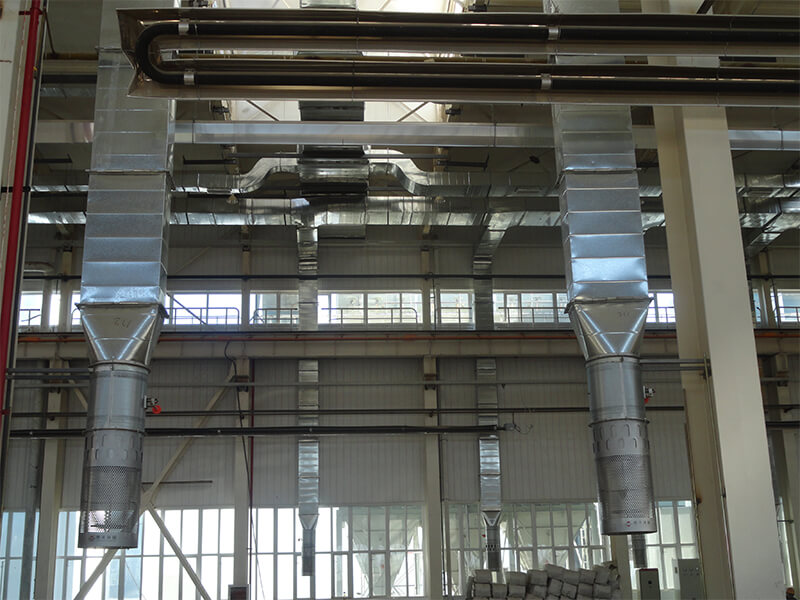- Afrikaans
- Albanian
- Amharic
- Arabic
- Armenian
- Azerbaijani
- Basque
- Belarusian
- Bengali
- Bosnian
- Bulgarian
- Catalan
- Cebuano
- China
- China (Taiwan)
- Corsican
- Croatian
- Czech
- Danish
- Dutch
- English
- Esperanto
- Estonian
- Finnish
- French
- Frisian
- Galician
- Georgian
- German
- Greek
- Gujarati
- Haitian Creole
- hausa
- hawaiian
- Hebrew
- Hindi
- Miao
- Hungarian
- Icelandic
- igbo
- Indonesian
- irish
- Italian
- Japanese
- Javanese
- Kannada
- kazakh
- Khmer
- Rwandese
- Korean
- Kurdish
- Kyrgyz
- Lao
- Latin
- Latvian
- Lithuanian
- Luxembourgish
- Macedonian
- Malgashi
- Malay
- Malayalam
- Maltese
- Maori
- Marathi
- Mongolian
- Myanmar
- Nepali
- Norwegian
- Norwegian
- Occitan
- Pashto
- Persian
- Polish
- Portuguese
- Punjabi
- Romanian
- Russian
- Samoan
- Scottish Gaelic
- Serbian
- Sesotho
- Shona
- Sindhi
- Sinhala
- Slovak
- Slovenian
- Somali
- Spanish
- Sundanese
- Swahili
- Swedish
- Tagalog
- Tajik
- Tamil
- Tatar
- Telugu
- Thai
- Turkish
- Turkmen
- Ukrainian
- Urdu
- Uighur
- Uzbek
- Vietnamese
- Welsh
- Bantu
- Yiddish
- Yoruba
- Zulu
Dec . 12, 2024 10:56 Back to list
sand castings
Understanding Sand Castings A Comprehensive Overview
Sand casting, one of the oldest and most versatile metal casting processes, has been pivotal in various industries, from automotive and aerospace to art and construction. Its simplicity, cost-effectiveness, and ability to produce complex shapes make it an ideal choice for manufacturers and artisans alike.
The Basics of Sand Casting
At its core, sand casting involves creating a mold from a mixture of sand and a binding agent, typically clay. The process begins with forming a pattern, which is a replica of the final object. This pattern is used to create a mold. A two-part mold, consisting of a cope (top half) and a drag (bottom half), is commonly utilized. The two halves are pressed together, and sand is packed around the pattern to form the mold cavity.
The process is relatively straightforward once the mold is prepared, molten metal is poured into the cavity, allowing it to cool and solidify. After cooling, the mold is broken away, and the final casting can be cleaned and finished as necessary.
Materials Used in Sand Casting
The primary material for sand casting is silica sand, known for its heat resistance and ability to compact tightly to form a mold. Different additives, such as clay or water, are mixed with sand to enhance its properties. The choice of metal for casting can vary based on the application, with common choices including iron, aluminum, brass, and steel. Each metal exhibits unique characteristics, affecting the strength, weight, and durability of the final product.
The Advantages of Sand Casting
The benefits of sand casting are numerous. One of the primary advantages is its versatility. The process can handle a wide array of sizes, from small intricate products to large components weighing several tons. Additionally, sand casting can create complex shapes and designs that may be challenging or impossible to produce using other manufacturing methods.
Cost-effectiveness is another significant advantage. Setting up a sand casting operation typically requires less capital investment than other casting methods, such as die casting. The materials used, primarily sand, are relatively inexpensive and widely available. Moreover, the ability to reuse sand reduces waste and costs associated with the process.
sand castings

Challenges in Sand Casting
Despite its advantages, sand casting does have limitations. One of the primary challenges is the surface finish of the castings. Sand molds can leave a rough surface, requiring additional machining or finishing processes for many applications. This can increase production time and costs.
Furthermore, the dimensional accuracy of sand castings can be lower than that of other casting methods, such as investment casting or die casting. This means that for parts requiring tight tolerances, further processing might be necessary, impacting efficiency.
Applications of Sand Casting
Sand casting is widely used across various industries. In the automotive industry, it is commonly employed to manufacture engine blocks, cylinder heads, and other large components. The aerospace sector utilizes sand castings for parts that require high strength-to-weight ratios. Additionally, it serves well in artistic applications, where sculptors and artists create unique pieces using sand casting methods.
The Future of Sand Casting
As technology advances, so too does the process of sand casting. Innovations in 3D printing technologies have begun to influence pattern making, allowing for more complex designs and reduced lead times. Furthermore, developments in foundry technology are improving the quality and consistency of castings, addressing some of the traditional challenges faced by sand casting.
Now, with the growing emphasis on sustainability, the industry is exploring more environmentally friendly sand casting materials and practices. This includes the use of reclaimed sand and alternative binders that reduce the environmental footprint of the casting process.
Conclusion
Sand casting remains a cornerstone of manufacturing, trusted for its versatility and cost-effectiveness. While it faces challenges, ongoing advancements promise to enhance its applications and efficiency. From traditional industries to artistic endeavors, sand casting continues to play a vital role, shaping the world with its enduring craftsmanship. Whether manufacturing critical components or creating stunning sculptures, the legacy of sand casting is sure to persist for many years to come.
-
China Custom High-Quality Carbon Steel Precision Castings for Auto/Truck/Agriculture/Forklift
NewsMay.28,2025
-
Commercial Heating Heat Exchangers Custom & High-Efficiency Models
NewsMay.28,2025
-
EN877 Gray Cast Iron Fittings with Epoxy Coating Custom & Durable
NewsMay.28,2025
-
Carbon Steel Lost Wax Casting Custom & ODM Solutions Buy Now
NewsMay.28,2025
-
SRC Concrete Pipe Mold/Mould Pallets & Bottom Rings Durable Solutions
NewsMay.28,2025
-
Custom Commercial Hot Water Heat Exchangers Durable & Efficient Solutions
NewsMay.27,2025


